Nvidia RTX 5070 Ti vs. AMD RX 9070 XT: Battle of the GPUs
While the Nvidia GeForce RTX 5090 dominates the top tier of the graphics card market with its hefty $1,999+ price tag, it's out of reach for many gamers. Fortunately, you don't need to break the bank to enjoy 4K gaming. The Nvidia GeForce RTX 5070 Ti and the AMD Radeon RX 9070 XT offer more budget-friendly options while delivering a stellar 4K gaming experience. Despite the current elevated prices due to high demand and limited supply post-launch, these two GPUs are ideal for those seeking high-end gaming without the exorbitant cost.
AMD Radeon RX 9070 XT – Photos
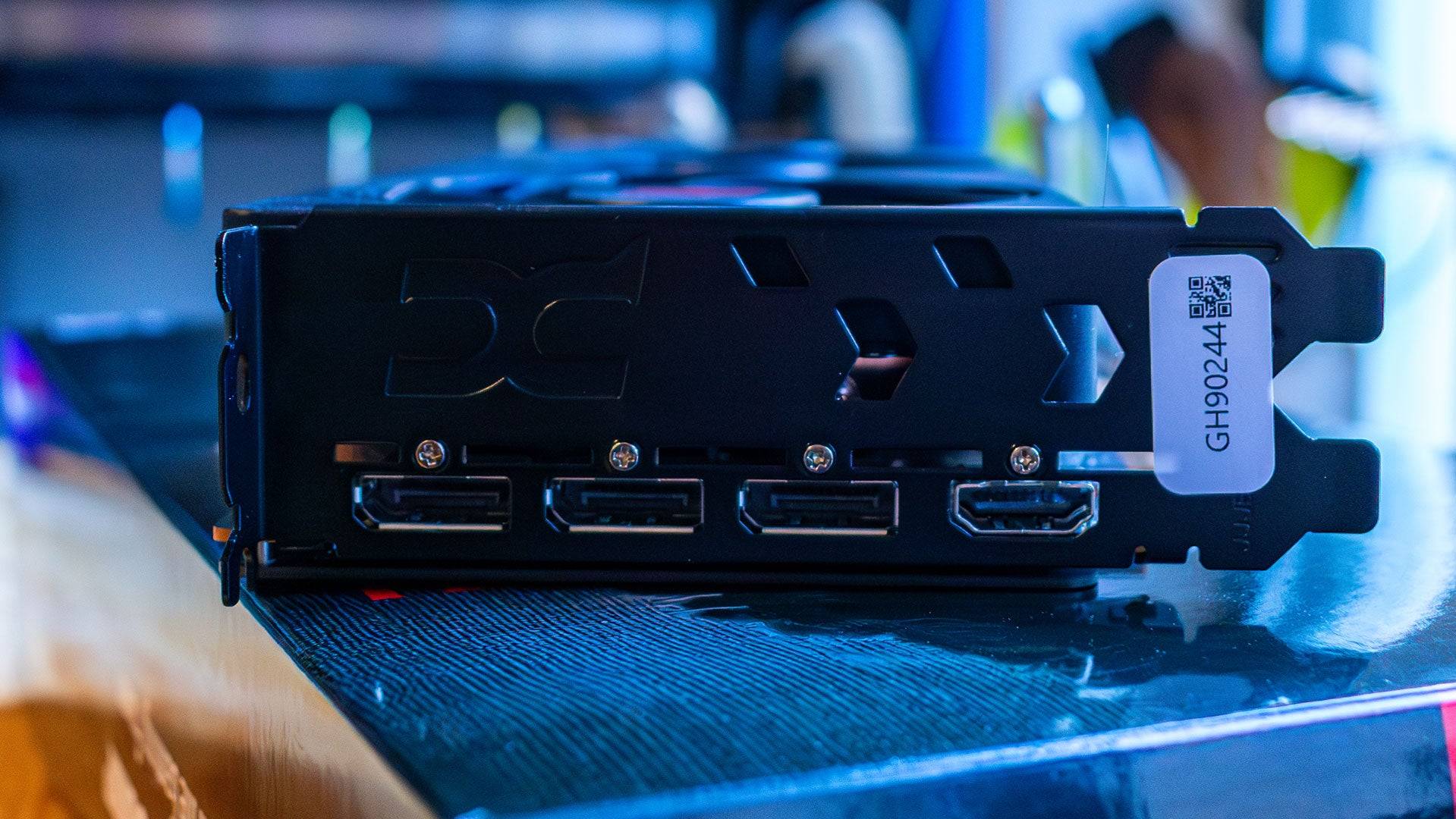
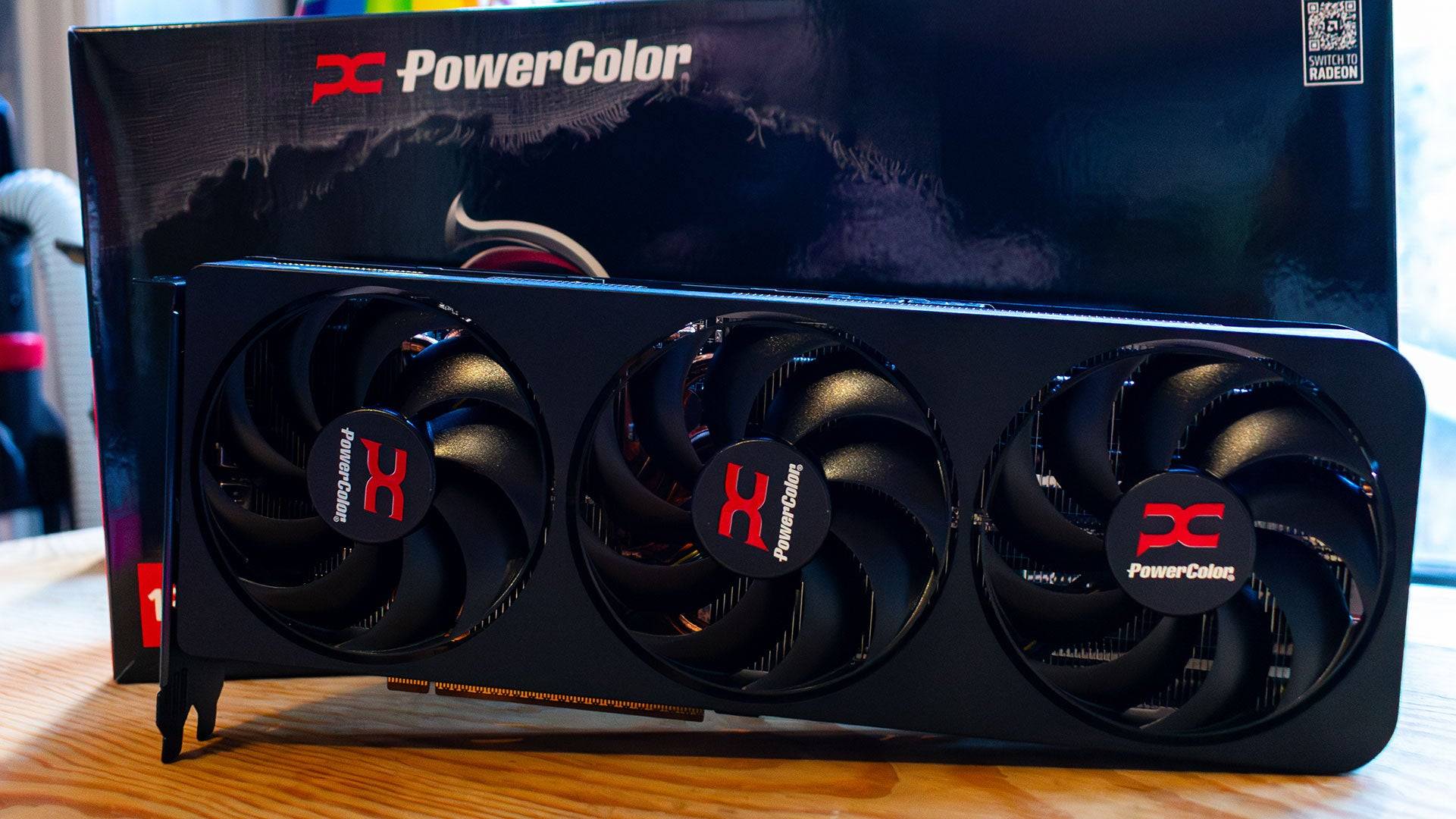 4 Images
4 Images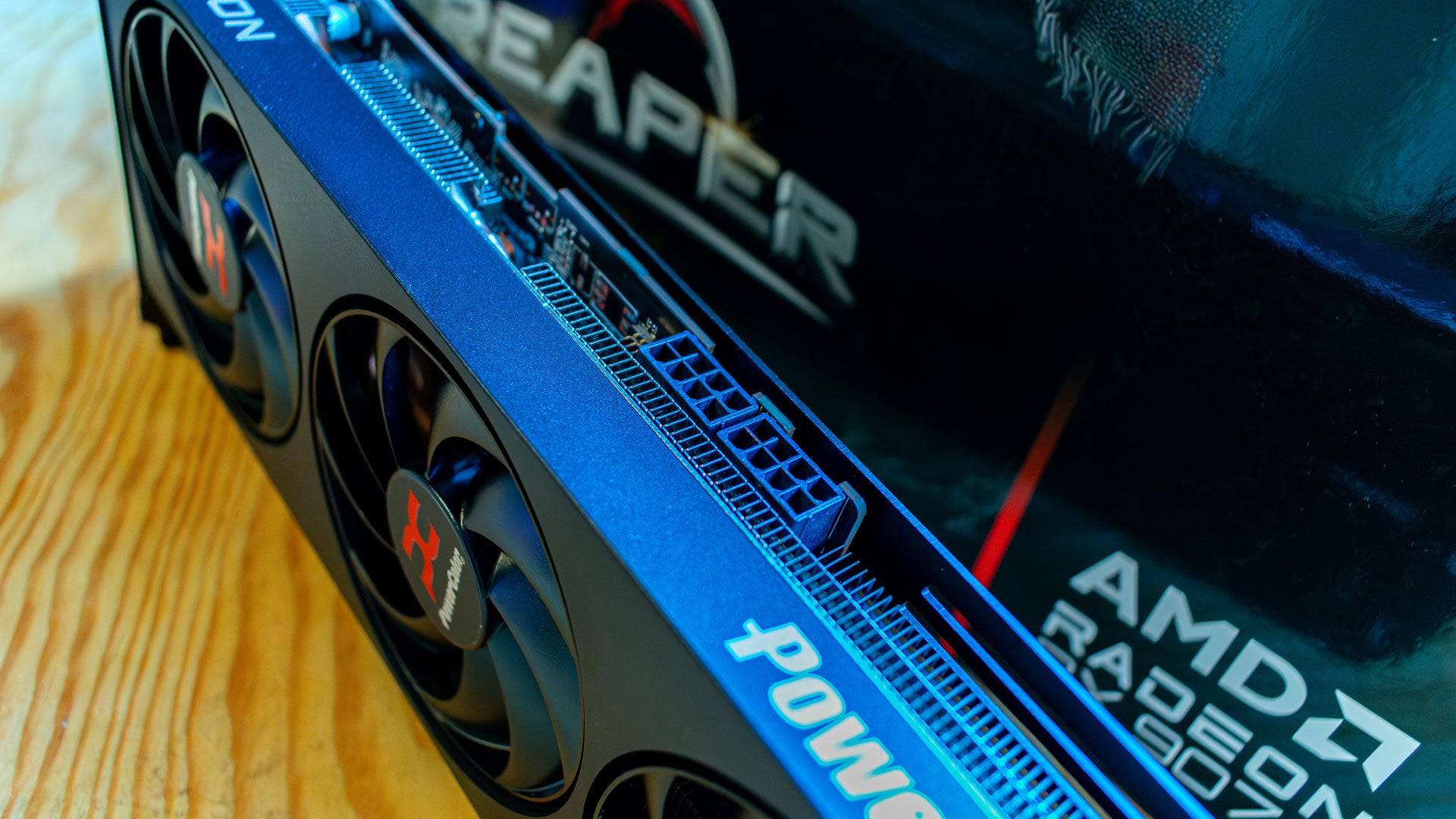
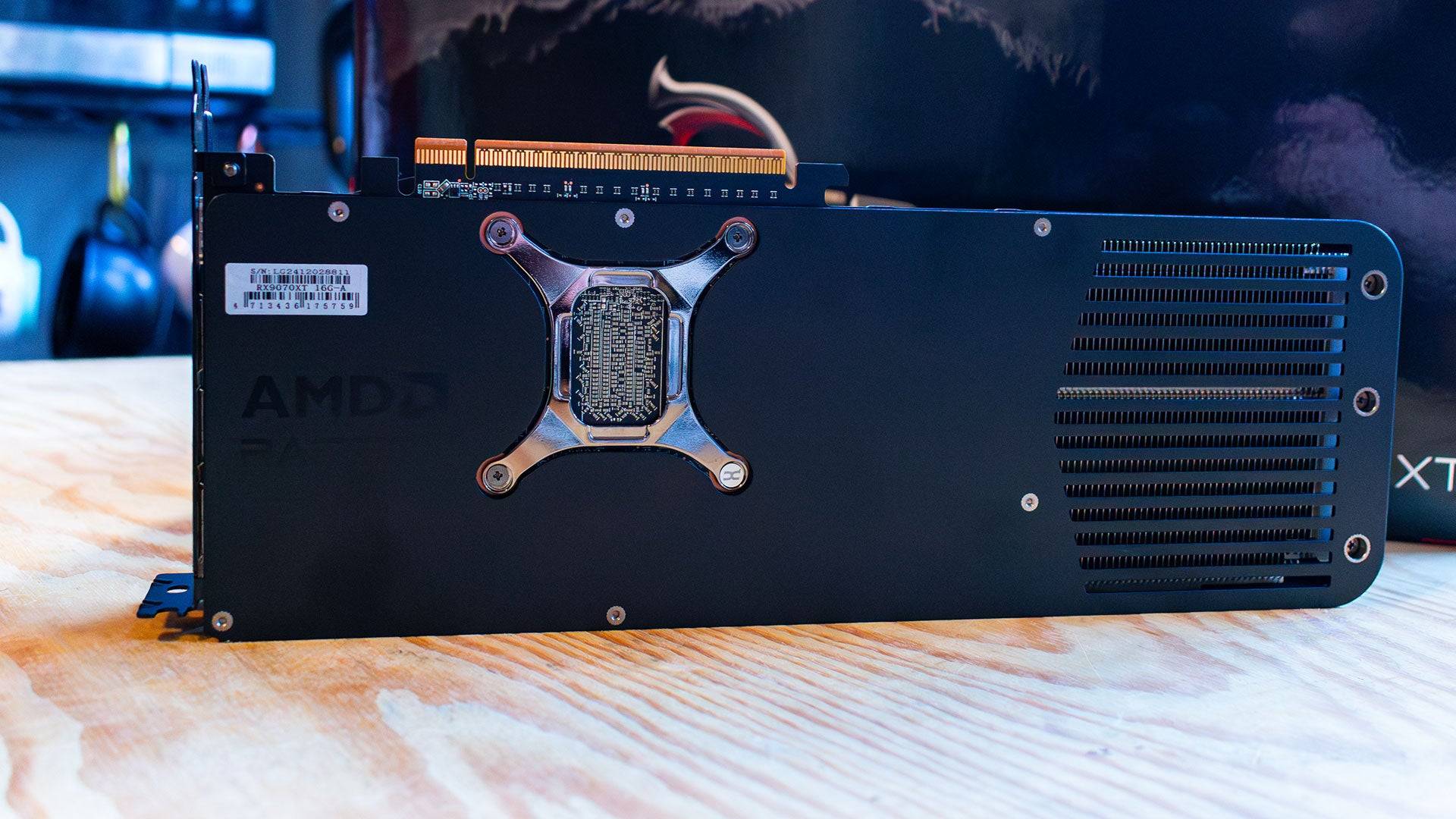
RTX 5070 Ti vs. RX 9070 XT: Specs
Comparing the specs of these two GPUs is complex due to their different architectures. Nvidia's CUDA cores and AMD's Shading Units, though similar in function, aren't directly comparable. The AMD Radeon RX 9070 XT features 64 RDNA 4 compute units, each with 64 shader units, totaling 4,096. It also includes 128 AI Accelerators and 64 RT Accelerators, paired with 16GB of GDDR6 memory on a 256-bit bus, which is ample for current games but might be challenged at 4K in the future.
On the other hand, the Nvidia GeForce RTX 5070 Ti comes with 16GB of the faster GDDR7 memory on a 256-bit bus, offering higher bandwidth. It boasts 70 Streaming Multiprocessors with 8,960 CUDA Cores, doubling the Shader Units per Compute Unit compared to AMD. However, this doesn't necessarily translate to double the performance.
Winner: Nvidia GeForce RTX 5070 Ti
AMD Radeon RX 9070 XT & 9070 – Benchmarks

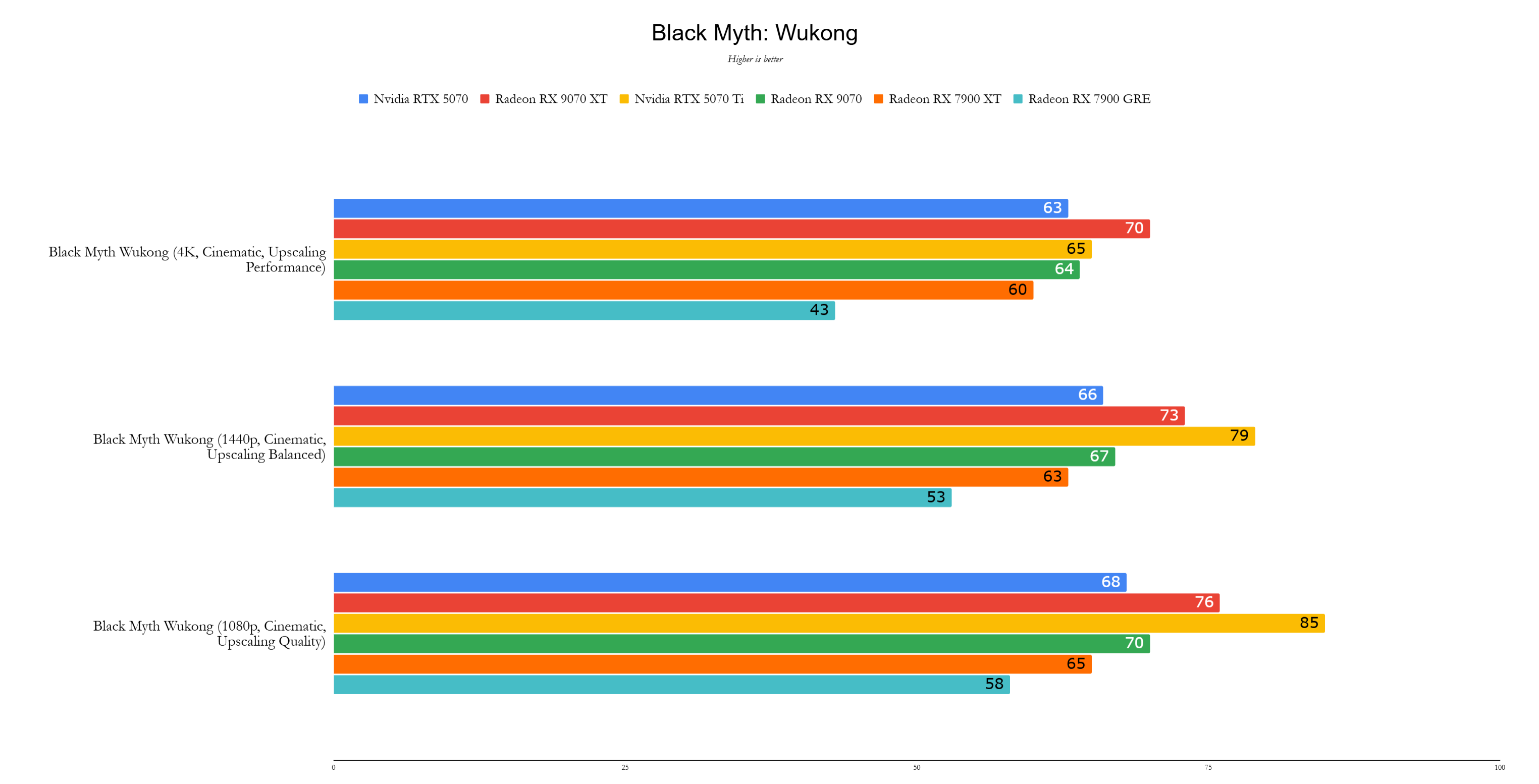 11 Images
11 Images
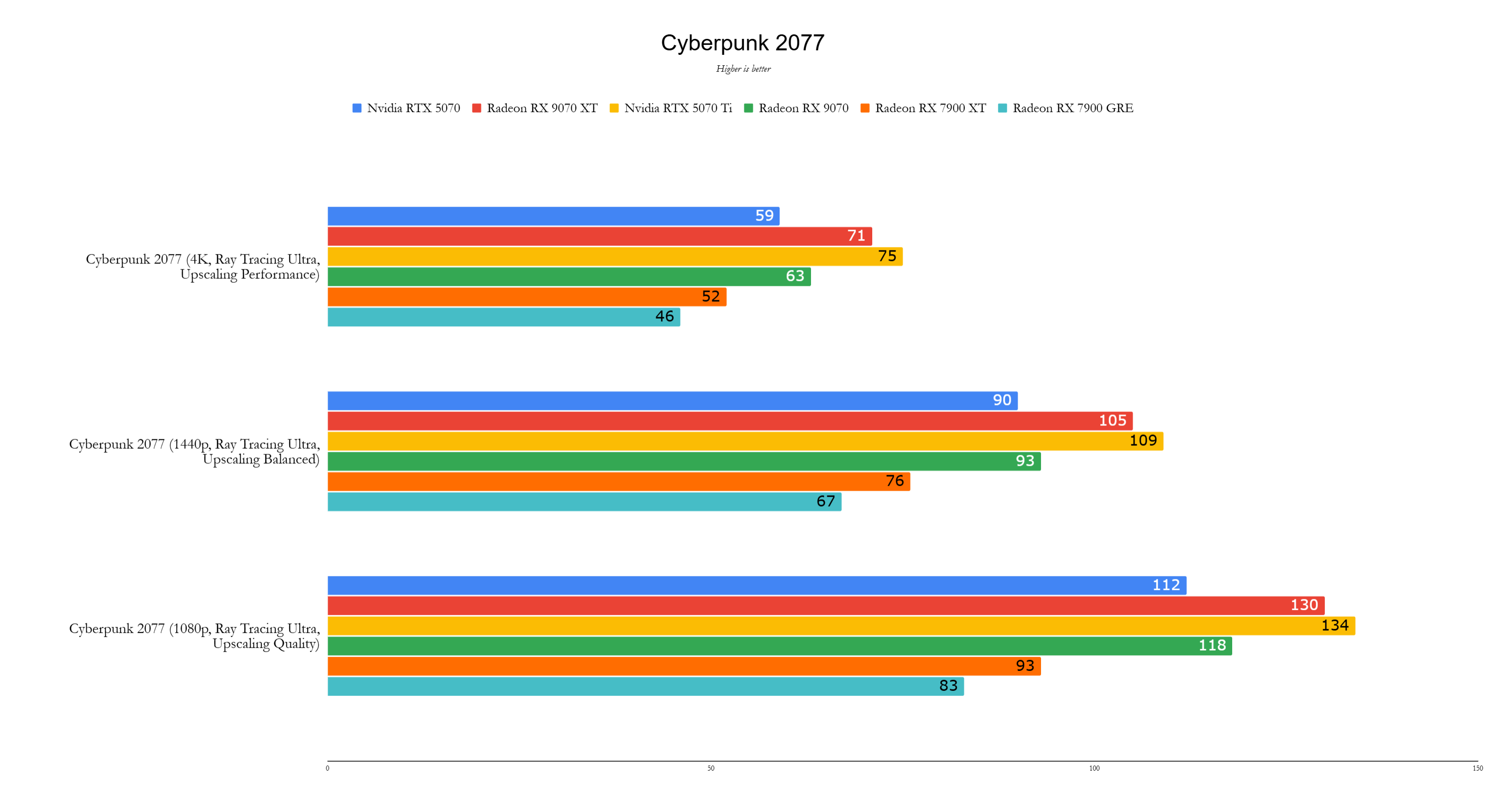

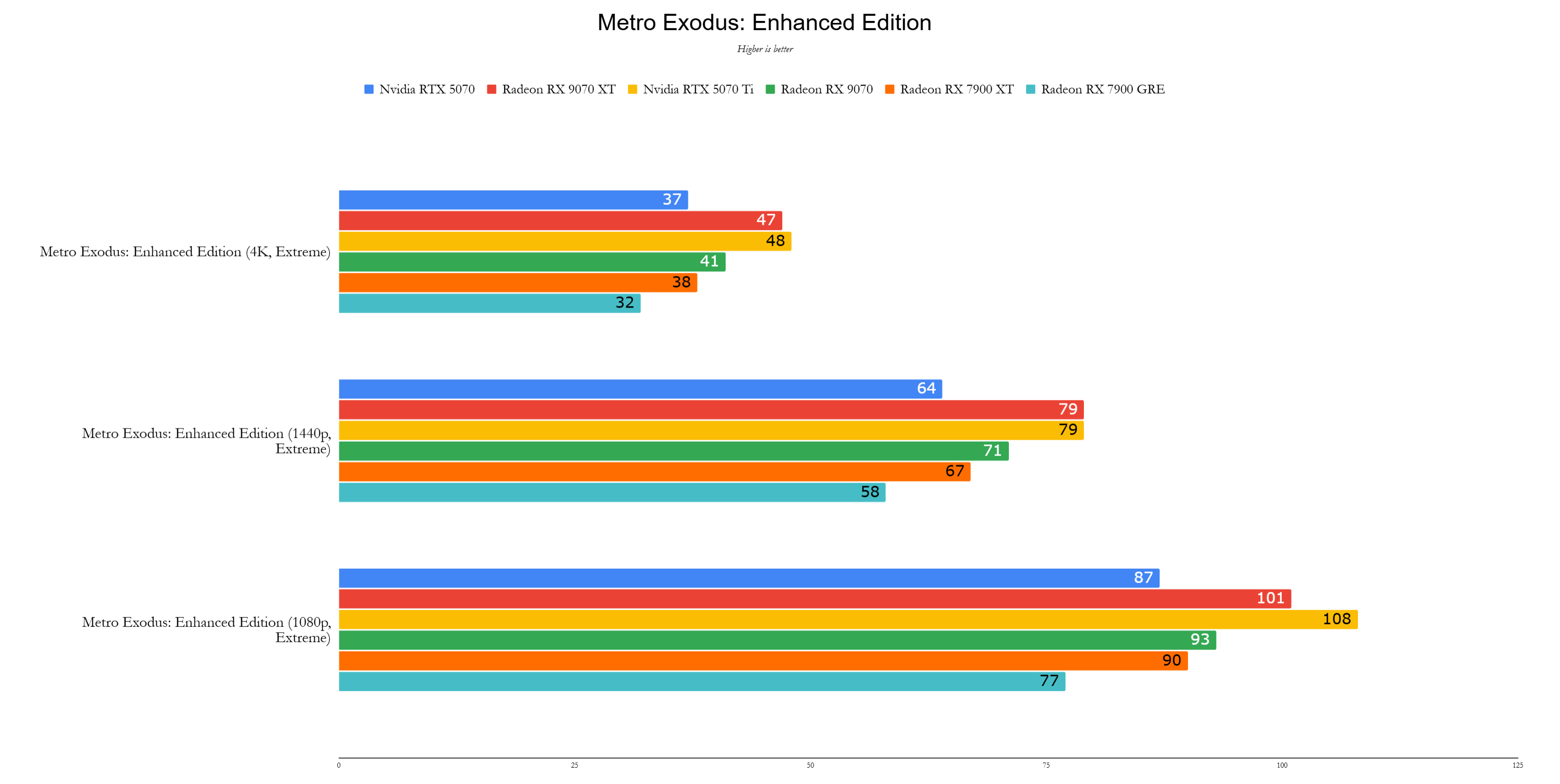
RTX 5070 Ti vs. RX 9070 XT: Performance
Despite the RTX 5070 Ti's superior specs on paper, real-world performance tells a different story. Both GPUs are excellent choices for 4K and top-tier 1440p gaming. During my review of the AMD Radeon RX 9070 XT, I found it surprisingly close to the RTX 5070 Ti, even in ray-tracing heavy games like Cyberpunk 2077. While the RTX 5070 Ti occasionally pulls ahead, such as in Total War: Warhammer 3 (87fps vs. 76fps at 4K), the RX 9070 XT averaged 2% faster overall, a significant win considering its lower price.
Winner: AMD Radeon RX 9070 XT
Nvidia GeForce RTX 5070 Ti – Photos
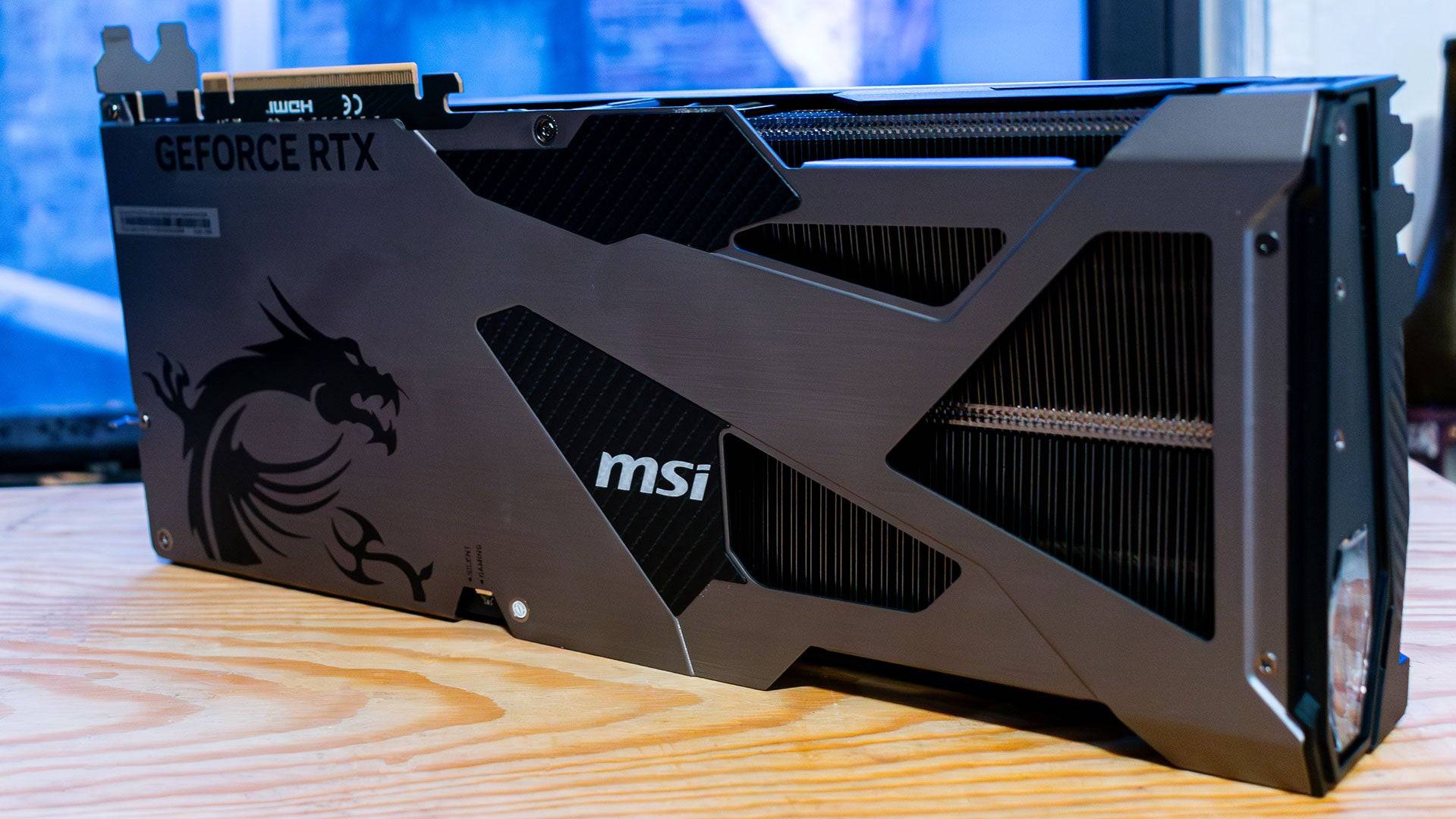
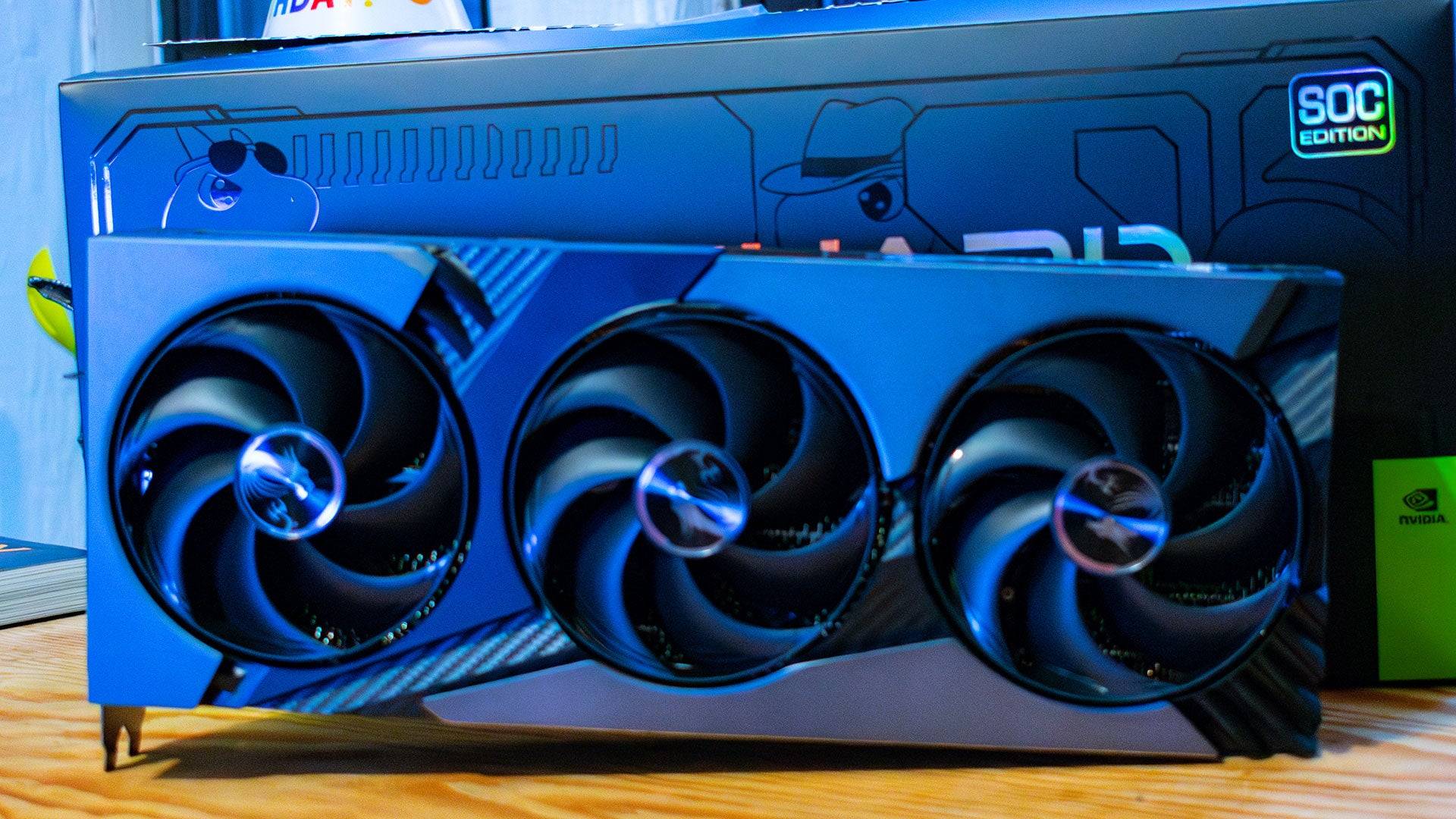 6 Images
6 Images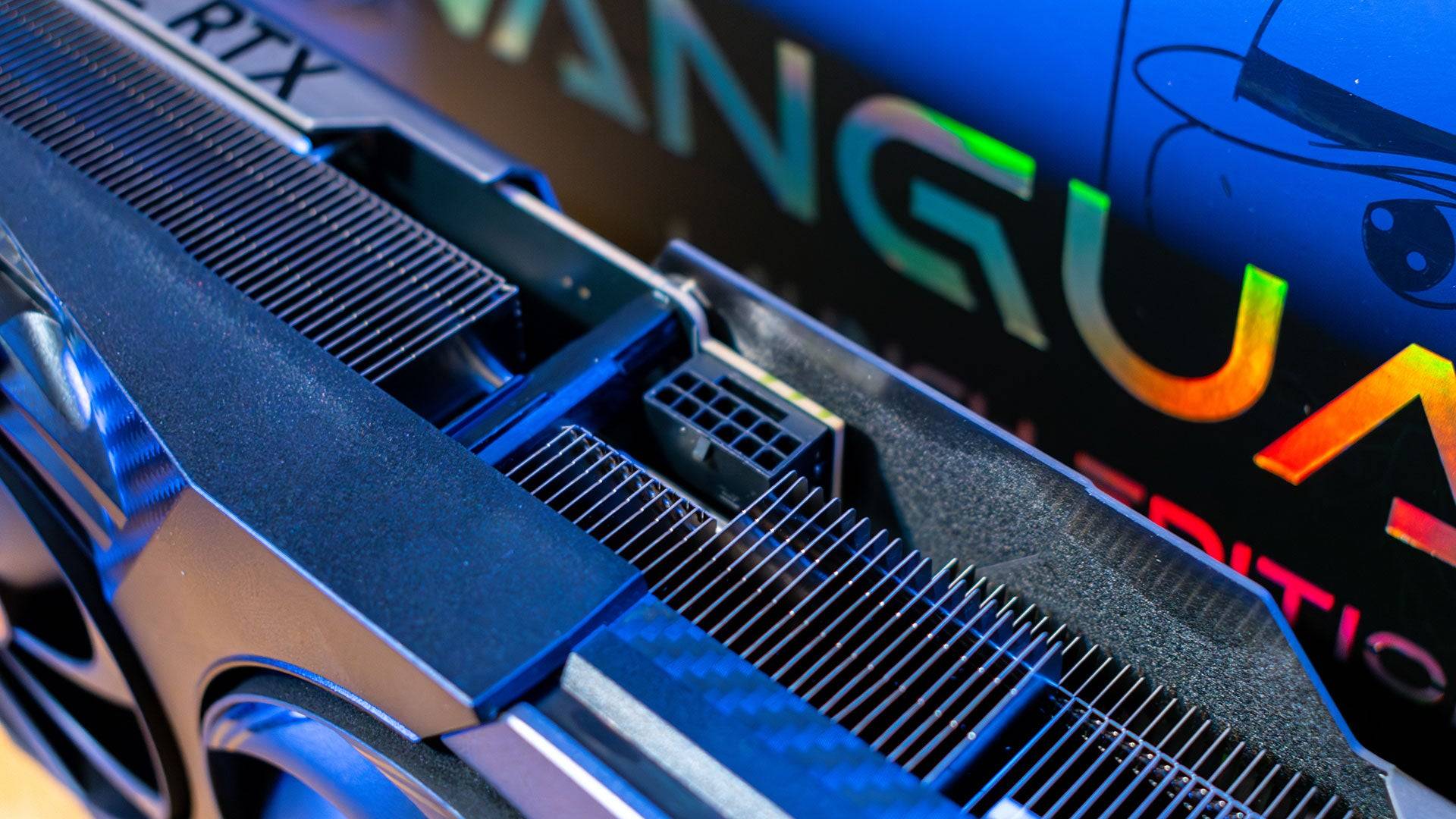



RTX 5070 Ti vs. RX 9070 XT: Software and Features
Choosing a graphics card today involves more than just hardware specs; software features play a crucial role. Nvidia's RTX 5070 Ti shines with its DLSS suite, including AI upscaling and Frame Generation. The latest DLSS 4 introduces multi-frame generation, creating three frames for every rendered frame, significantly boosting frame rates with a minor latency trade-off mitigated by Nvidia Reflex. This feature is best used when you're already achieving at least 45fps, ideally over 60fps.
AMD's RX 9070 XT supports Frame Generation as well but only generates one interpolated frame per rendered frame. The major update is FSR 4, introducing AI upscaling to AMD cards for the first time, offering more accurate image quality than previous temporal upscaling methods. While FSR 4 isn't as fast as DLSS, it's a promising first step for AMD's AI upscaler.
Winner: Nvidia GeForce RTX 5070 Ti
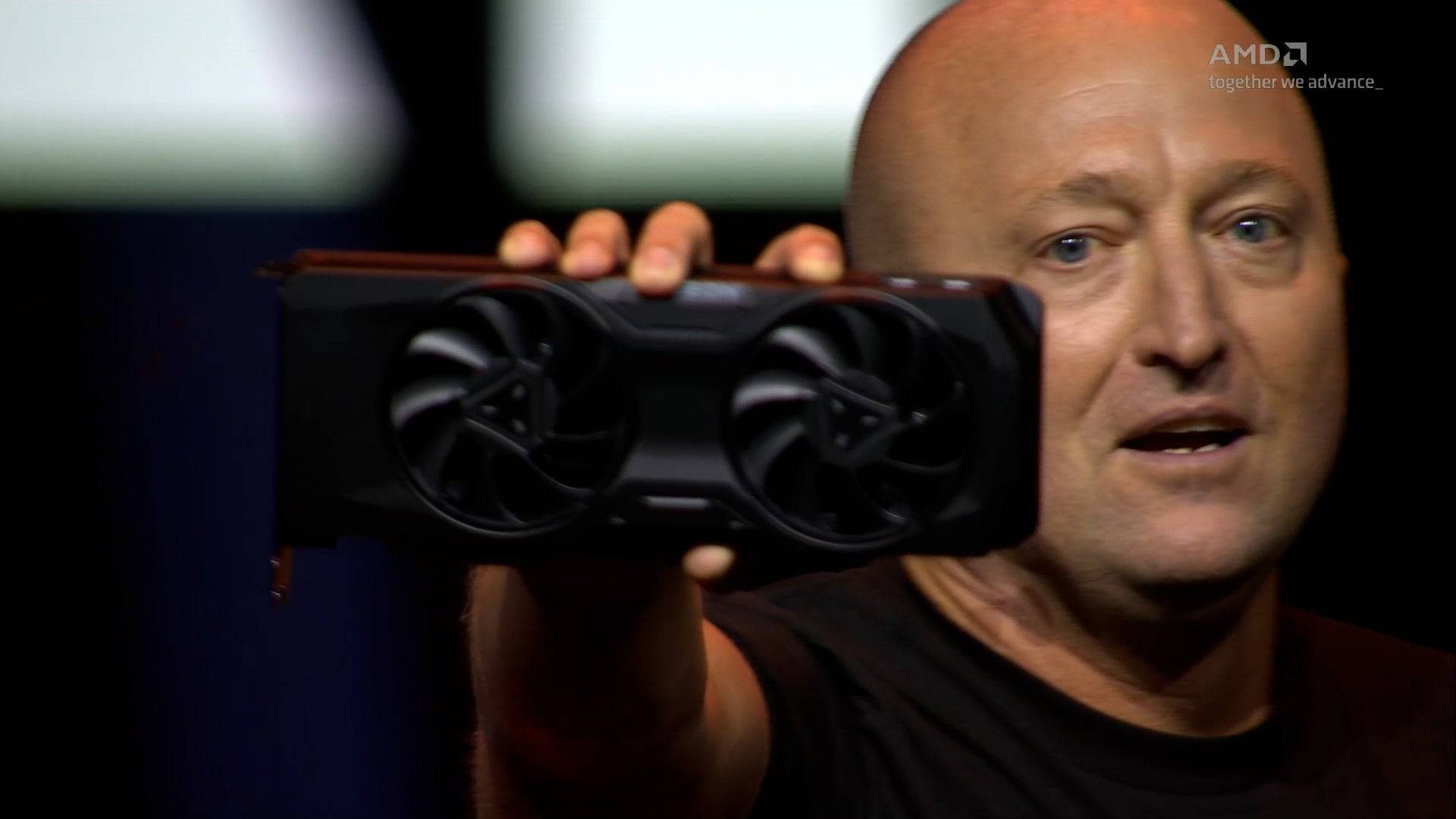
RTX 5070 Ti vs. RX 9070 XT: Price
Current GPU pricing is a contentious issue, with new generation cards frequently sold out and prices inflated. Both Nvidia and AMD set suggested retail prices, but retailers and third-party manufacturers often charge more. The AMD Radeon RX 9070 XT, with a launch price of $599, is a phenomenal value for a 4K-capable card, especially with FSR 4. In contrast, the Nvidia RTX 5070 Ti, despite similar performance, starts at $749, a significant $150 more. Nvidia's additional features like Multi-Frame Generation may appeal to some, but the price difference is substantial.
Winner: AMD Radeon RX 9070 XT
The Winner Is… the AMD Radeon RX 9070 XT
For high-end 1440p and 4K gaming, the AMD Radeon RX 9070 XT emerges as the clear winner. It delivers comparable performance to the Nvidia GeForce RTX 5070 Ti at a much more affordable price. While the RTX 5070 Ti offers advanced features like multi-frame generation, the RX 9070 XT's cost-effectiveness and strong performance make it the better choice for most gamers, especially as prices hopefully stabilize in the future.
-
Capcom just treated fans to an explosive Monster Hunter Wilds Showcase today, revealing all the thrilling content headed to its newest Monster Hunter installment. The presentation served up details on Title Update 1, fresh cosmetic DLC, surprise contAuthor : Aurora Nov 09,2025
-
Dell is offering an exceptional deal on the Alienware Aurora R16 prebuilt gaming PC featuring Nvidia's powerful GeForce RTX 5070 Ti graphics card. The base configuration with Intel's latest Core Ultra 7 processor is currently available for just $1,99Author : Christian Nov 09,2025
- Black Ops 6 Zombies: How To Configure The Summoning Circle Rings on Citadelle Des Morts
- Harvest Moon: Lost Valley DLC and Preorder Details Revealed
- Roblox: Latest DOORS Codes Released!
- Silent Hill 2 Remake Coming to Xbox and Switch in 2025
- Roblox: Blox Fruits Codes (January 2025)
- Roblox: Freeze for UGC Codes (January 2025)


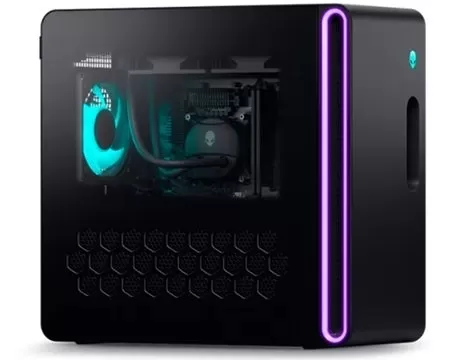















![Taffy Tales [v1.07.3a]](https://imgs.ehr99.com/uploads/32/1719554710667e529623764.jpg)




